There's nothing more frustrating than a leaking snorkel mask ruining your underwater experience. Whether you're casually snorkeling on vacation or diving deep beneath the waves, a watertight mask is essential for both comfort and safety. Many swimmers face this common problem, but the good news is that most mask leaks can be fixed once you know what's causing them. In this guide, we'll walk through the seven main reasons your mask might be letting water in, and show you exactly how to solve each issue - from simple strap adjustments to dealing with worn seals and storage problems.

Reason 1: Mask Not Matching Your Facial Features
Common Signs
When your mask doesn't fit your facial features properly, water consistently enters around specific areas. You'll notice water trickling in at your temples, cheeks, or around your nose bridge. A steady pooling at the bottom of your mask or cold spots where the seal breaks indicate poor fit. These issues persist even when you're not moving and often worsen with activity.
Main Causes
Facial structure variations mean standard masks won't fit everyone. Wide faces may create gaps with narrow masks, while smaller faces might not fill out larger masks properly. Prominent nose bridges, high cheekbones, or deep temple areas can all prevent proper sealing.
Solutions
- Try masks of different sizes and shapes until you find one that matches your face contours
- Test each mask by holding it gently against your face without the strap
- Inhale slightly through your nose - the mask should stay sealed from suction alone
- Check the seal by moving your head in different positions
Prevention Tips
- Select masks with double-sealed skirts for better adaptation to facial contours
- Visit a dive shop for professional fitting assistance
- Consider custom-fitted masks for unique facial features
- Always test new masks in shallow water before deep diving
The right mask will feel like a natural extension of your face, creating a consistent seal in all conditions. A proper fit makes the difference between an enjoyable dive and a frustrating experience fighting leaks.
Reason 2: Incorrect Strap Positioning and Tension
Common Signs
Your mask may leak sporadically, particularly when you turn or tilt your head. The seal breaks temporarily and then reforms, leading to unpredictable water entry. These leaks often occur during sudden movements or when changing swimming positions. You might also notice the mask feeling loose on one side or sliding down your face.
Main Causes
Straps positioned too high or too low on your head create uneven pressure on the mask skirt. Over-tightened straps can distort the seal by pulling the mask too firmly against your face. Worn-out, stretched, or aging straps lose their elasticity and fail to maintain consistent tension.
Solutions
- Place the straps at the crown of your head, where they won't slip
- Adjust both sides equally for balanced pressure distribution
- Tighten only enough to maintain the seal - the mask should feel secure but not painful
- Test the fit by moving your head slowly in all directions
Prevention Tips
- Check strap condition before each dive
- Replace straps showing signs of wear or loss of elasticity
- Keep spare straps in your dive kit
- Clean straps with fresh water after each use to prevent deterioration
A properly adjusted strap system keeps your mask stable without excessive pressure. The right tension lets the water pressure help maintain the seal rather than fighting against it.

Reason 3: Deteriorating Mask Seal
Common Signs
Water constantly seeps into your mask no matter how you adjust it. The leaking persists even when you're completely still, and no amount of strap adjustment seems to help. You might notice the mask leaks in the same spots consistently, or the entire seal fails to maintain suction against your face.
Main Causes
Silicone seals naturally degrade over time due to exposure to sun, salt, chemicals, and regular use. The material can develop small cracks, become brittle, or lose its original shape. Improper storage, harsh cleaning products, and excessive heat can speed up this deterioration process.
Solutions
- Examine the entire seal carefully for visible damage
- Check for hardened areas by gently bending the silicone
- Look for discoloration or deformed sections
- Replace the mask if you find any compromised areas - repairs rarely last
Prevention Tips
- Inspect your mask seal before every dive
- Rinse thoroughly with fresh water after each use
- Store your mask in a cool, dry place away from direct sunlight
- Avoid contact with harsh chemicals or cleaning products
- Schedule regular inspections every few months
A damaged seal cannot be restored to its original condition, and temporary fixes often fail at the worst moments. The safety and enjoyment of your dive depend on maintaining an intact, flexible seal.
Reason 4: Debris Interfering with the Seal
Common Signs
Your mask develops unpredictable leaks that appear and disappear without pattern. Small particles might be visible along the seal's edge. The mask might seal perfectly in one moment, then suddenly start leaking when you move. You may feel slight irritation where the seal meets your skin.
Main Causes
Tiny particles of sand, salt crystals, or dried skincare products can create microscopic gaps in the seal. Hair products, sunscreen, and facial oils often leave invisible residue that prevents proper sealing. Even dust from storage can compromise the seal's effectiveness.
Solutions
- Clean the entire sealing surface with fresh water
- Wipe the silicone skirt with a soft, lint-free cloth
- Pay special attention to the grooves and corners of the seal
- Remove all traces of sunscreen or skincare products from your face before fitting
Prevention Tips
- Rinse your mask immediately after each use
- Store in a hard protective case away from sand and dust
- Keep your mask separate from other beach gear
- Clean your face thoroughly before putting on the mask
- Avoid touching the seal with sunscreen-covered hands
Clean sealing surfaces make all the difference between a watertight seal and constant leaks. Even invisible residue can prevent your mask from performing at its best.

Reason 5: Hair Disrupting the Mask Seal
Common Signs
Water consistently enters where your facial hair meets the mask skirt. The leaks occur primarily along your mustache line, sideburns, or where longer head hair touches the seal. Moving your head might temporarily fix the leak, but it returns when your hair shifts back into position.
Main Causes
Hair creates tiny channels that allow water to seep past the mask seal. Mustaches and beards prevent direct contact between the silicone and skin. Long hair can get caught under the seal during movement, breaking the watertight barrier.
Solutions
- Apply silicone grease or mask seal product along hair-covered areas
- Trim facial hair shorter in areas where the mask meets your face
- Secure long hair in a tight bun above the strap line
- Consider a shorter hairstyle for frequent diving
Prevention Tips
- Use a neoprene hood to manage long hair
- Invest in a specialized hair management system for diving
- Keep facial hair well-groomed and trimmed
- Apply mask seal products before every dive
The right combination of hair management and sealing products can create a watertight seal even with facial hair or long hair. The key is maintaining consistent contact between the mask skirt and your skin.
Reason 6: Damage from Poor Storage
Common Signs
The mask frame appears bent or asymmetrical. The silicone skirt shows permanent creases or distortions. Parts of the mask feel unusually stiff or brittle. The lens frame might not sit flush against the silicone seal, creating visible gaps.
Main Causes
Heavy items placed on top of the mask can warp its shape. Extended exposure to high temperatures can deform plastic components. Direct sunlight ages materials prematurely. Storing the mask folded or compressed creates permanent deformation in the seal.
Solutions
- Soak the mask in warm (not hot) water to relax the materials
- Gently reshape warped areas while the mask is warm
- Place the mask on a flat surface with weights around (not on) it to flatten distorted parts
- Allow the mask to cool and dry in the corrected position
Prevention Tips
- Store your mask in a rigid protective case
- Keep it in a cool, dry place
- Never leave your mask in a hot car
- Avoid stacking other items on top of your mask case
- Stand your mask upright rather than laying it flat
A well-stored mask maintains its original shape and flexibility, extending its lifespan significantly. Good storage habits protect your investment and ensure reliable performance.

Reason 7: Improper Mask Application Technique
Common Signs
Your mask floods immediately upon water entry. The seal breaks when you change swimming positions. Air bubbles escape around the edges during descent. The mask feels secure on land but fails in the water.
Main Causes
Putting the mask on in the wrong order - tightening straps before establishing the seal. Not clearing trapped hair or air pockets during application. Failing to test the seal before entering water. Breathing through your nose instead of your mouth during initial water entry.
Solutions
- Hold the mask gently against your face first
- Clear any trapped air by pressing the top edge while exhaling
- Position the mask symmetrically before touching the straps
- Tighten straps gradually while maintaining the seal position
- Test the seal by inhaling gently through your nose
Prevention Tips
- Practice mask application on land while dry
- Learn to exhale through your mouth during water entry
- Master proper head positioning for different swimming styles
- Get feedback from experienced divers on your technique
The right application technique creates a reliable seal from the start. Mastering this fundamental skill prevents most water entry issues and lets you focus on enjoying your dive.
Fix Your Leaking Mask Step by Step!
A leaking mask can quickly ruin your underwater experience, but each problem has a clear solution. Regular maintenance, proper storage, and correct wearing techniques will prevent most leak issues. Whether you need to adjust the straps, clean the seal, or manage hair interference, this guide gives you the practical steps to keep your mask watertight. With these solutions in hand, you can focus on enjoying your dive instead of fighting leaks.
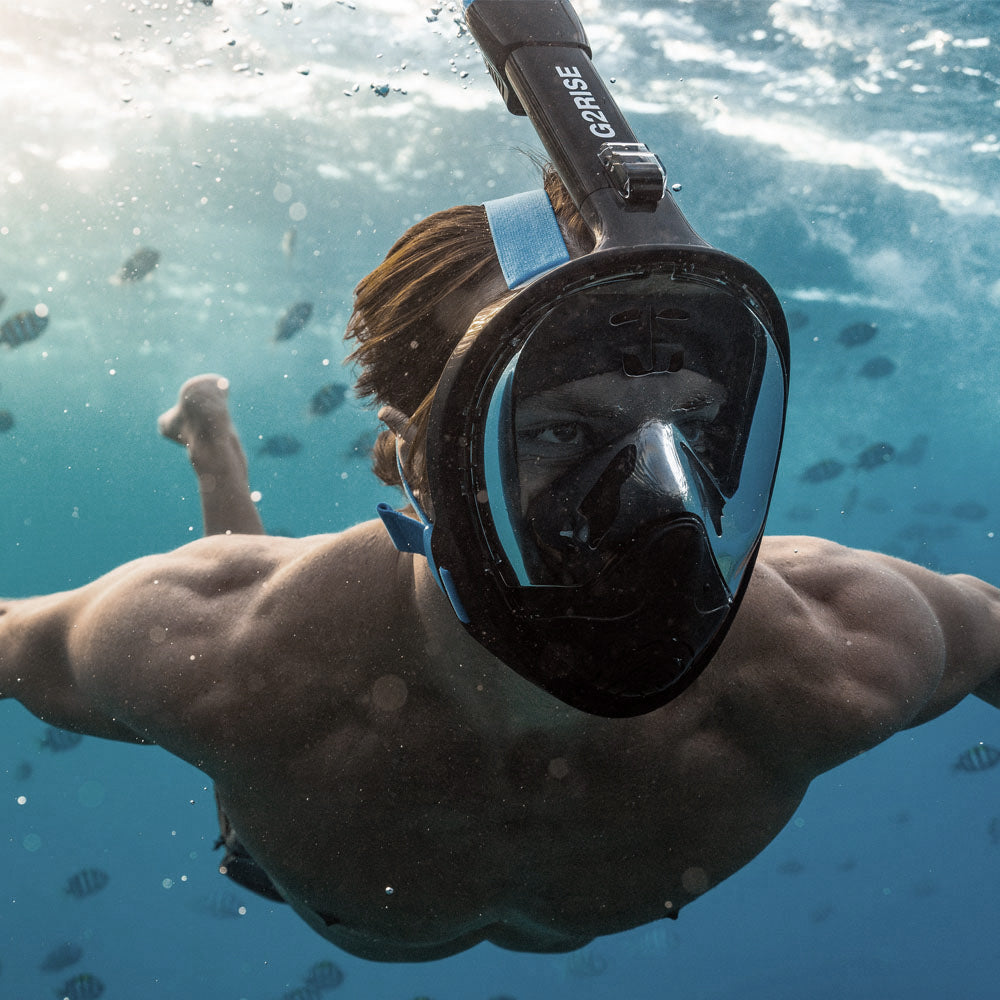
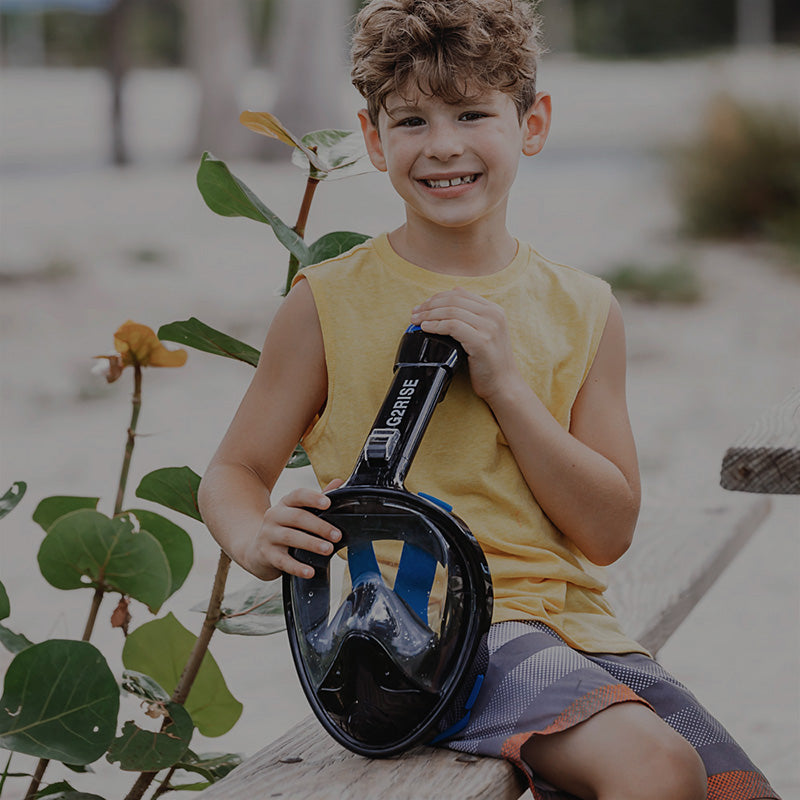
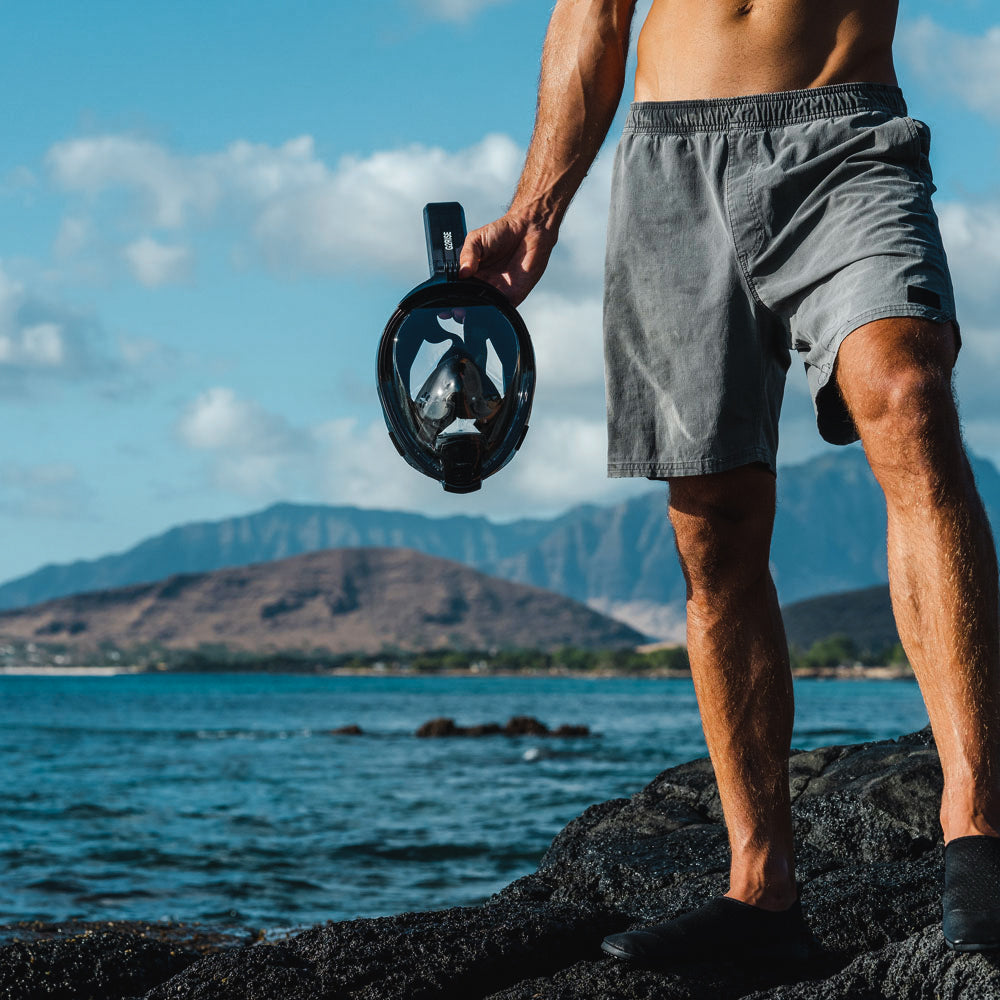

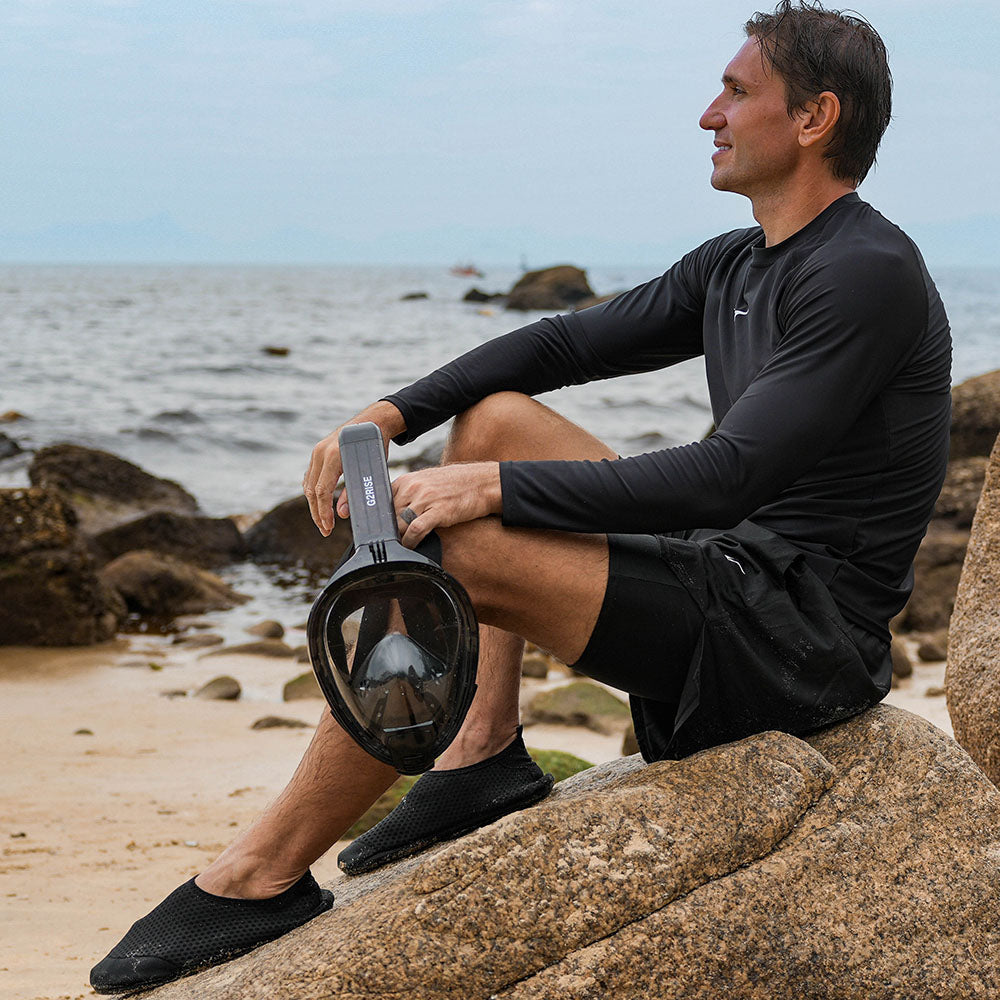

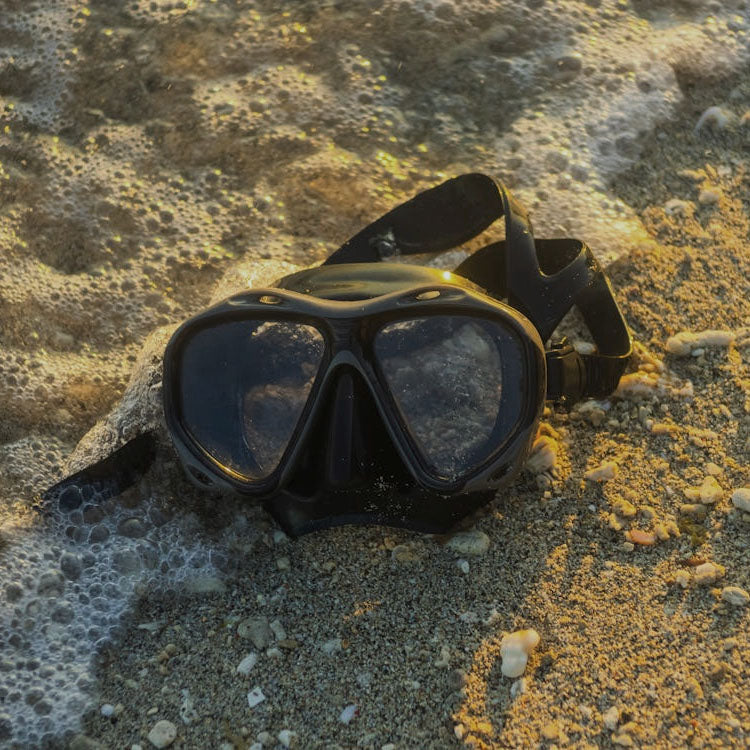

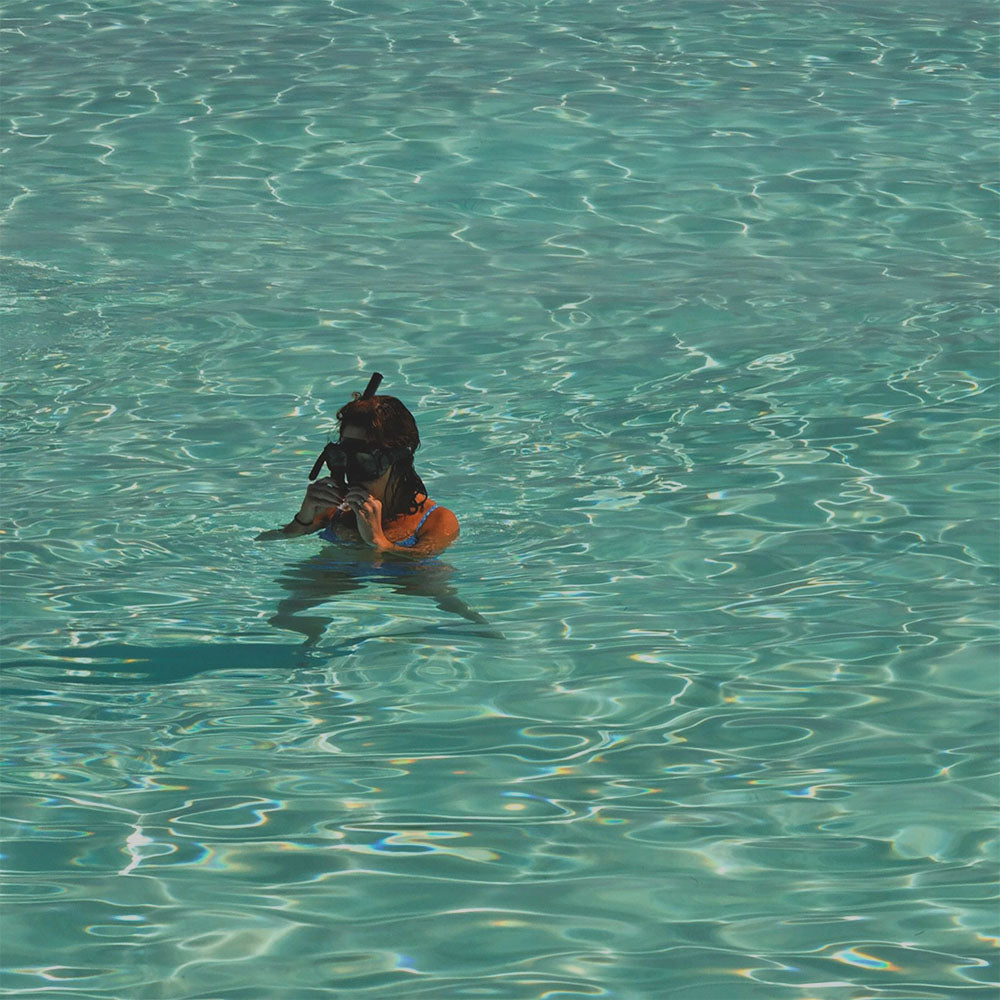
Leave a comment
This site is protected by hCaptcha and the hCaptcha Privacy Policy and Terms of Service apply.